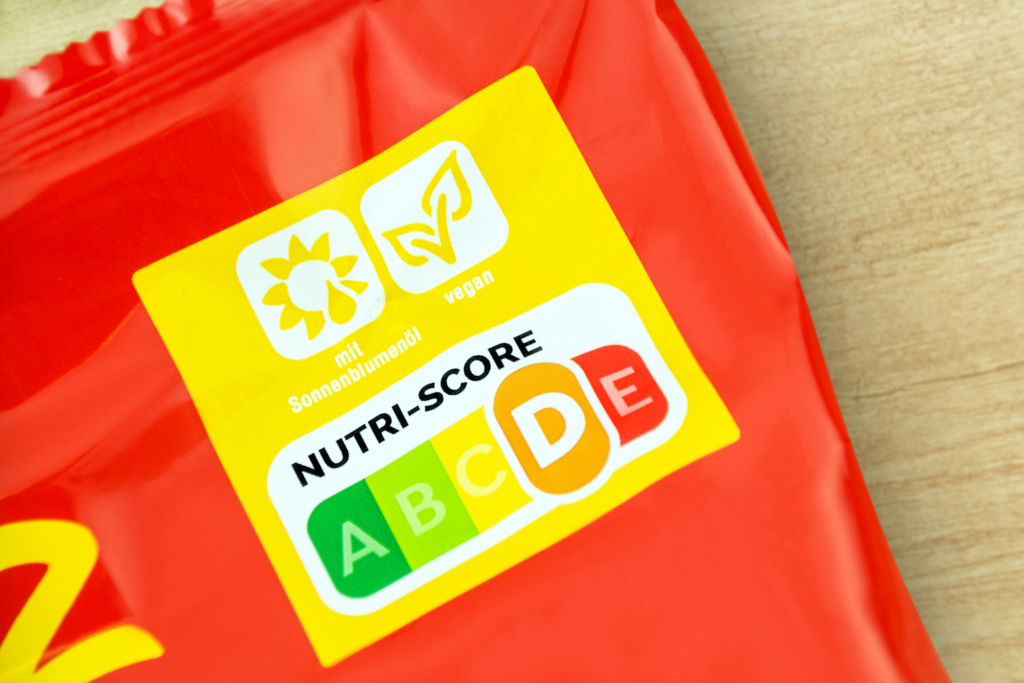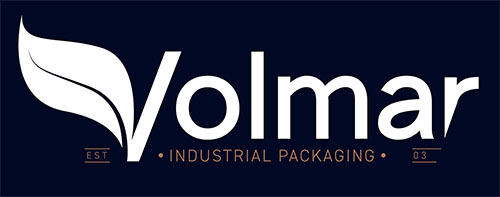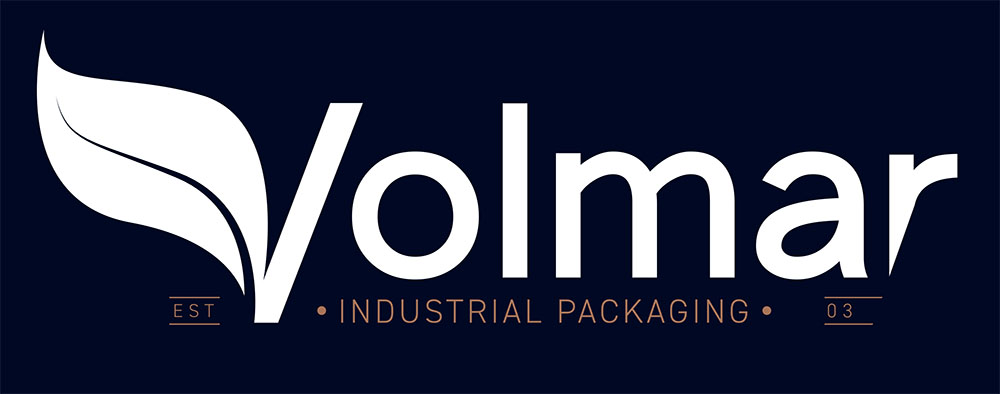
The European Union wants to adopt the Nutri-Score on food labels – a simple and intuitive system to inform consumers about the healthiness of products. However, the Nutri-Score for foods is at the center of a strong debate, with some countries including Italy proposing an alternative system that they think fairer and more scientifically correct.
In this in-depth article, we will clarify what the Nutri-Score label is in order to help end customer to better understand how this system works and how a food’s nutritional value is calculated. We will also analyze what the Nutri-Score is based on, in order to understand why Italy does not want to adopt it and what alternative the country is promoting.
What is the Nutri-Score?
The Nutri-Score is a labeling system that uses traffic light imagery, with colors that go from green to red and five letters from A to E. Foods are classified based on their nutritional quality: green light corresponds to healthier products and red light to a less healthy one.
Who invented the Nutri-Score? This food evaluation system was created in 2017 in France, where many companies has already being using it today voluntarily. Then, the Nutri-Score was also adopted in other European countries like Spain, Belgium and Germany. In Germany, customer and companies were involved in the decision since it was taken after a long process, during which they were asked to express their opinion.
Nutri-Score: how it works
The Nutri-Score for food products is a system that helps consumers to compare similar foods make more informed decisions on choosing healthier foods. The traffic light graphics is designed to make it easier for consumers to make food choices: if their goal is eating healthier, they can simply pick food with a green light on the label instead of product with yellow or red one.
It is a system that has been standardized and harmonized across the EU so consumers can compare foods on sale regardless of which country the manufacturer is located in. Factors that penalize foods in the Nutri-Score include a high presence of salt, saturated fats, sugars and calories, while positive elements include fiber, fruit and protein content.
With the Nutri-Score system, the food label has not been abolished – it should still contain all the useful information for consumers, from the nutritional table to instructions on storage methods and times. The only addition to the food packaging will be an easy-to-read mark in order to allow consumers to quickly assess the nutritional value of a food or quickly compare it with a similar food.
The proposal under close inspection by the European Commission plans to exclude some products from the Nutri-Score label, particularly those that have a mark of quality like PDO, PGI and TSG foods. Whereas the Nutri-Score applies to all solid, liquid and semi-liquid products, including fresh and packaged foods, such as extra virgin olive oil, carbonated drinks, frozen foods and milk-based products and derivatives like cheese.
Why doesn’t Italy want the Nutri-Score label?
The Nutri-Score has received harsh criticism in Italy because, according to political decision makers and agrifood companies, the traffic light label would penalize Made in Italy products and the Mediterranean diet. One of Italy’s main objections to the Nutri-Score is the lack of complete information, including complete nutritional values for each nutrient.
The Nutri-Score is also attacked from Italy because of a number of issues, summarized below:
- It could promote food with low nutritional value that is bad for people’s health, like diet and zero-calorie drinks;
- There is a risk of rewarding foods like frozen fries, not taking into account the cooking method used for preparation;
- foods may be classified with a qualitative judgment, with a risk of unfairly damaging the reputation of some products;
- It could threaten the Mediterranean diet, damaging some of the iconic Italian food products like extra virgin olive oil;
- It would not take into account portions, providing consumers with misleading information.
Nutri-Score vs NutrInform Battery
In order to understand Italy’s proposal, let’s see what the NutrInform Battery is and how it is different from the Nutri-Score. It is a labeling system created in Italy, which several parties have been involved in, such as the Italian National Institute of Health, companies in the agrifood supply chain and a number of specialists from the ministries of Health, Agricultural Policies and Economic Development.
The NutrInform Battery does not use the traffic light system like the Nutri-Score but a battery icon system that assesses the relation between foods and diet. For each food, it states all the nutritional values for one portion, with the percentages of salt, sugars, saturated fats, fats and calories, with reference to the recommended daily quantities for the average adult.
The aim of the NutrInform Battery is to advise consumers not to exceed 100% of energy, salt, fats or sugars, checking that the food they consume every day does not go beyond this limit for any of the analyzed parameters. The Italian proposal has been backed by other countries like Greece, Romania, the Czech Republic and Poland, causing conflict about which of the two systems to adopt in the European Union.
How is the Nutri-Score calculated?
Going back to the Nutri-Score, it is calculated by an algorithm – a program that examines the positive and negative elements of every 100g or 100ml of foods and drinks. It then provides a qualitative evaluation, classifying the product from a green letter A to a red letter E. Green letter A foods are the healthiest, while red letter E foods are more harmful and more care should be taken with them.
The algorithm is updated every 3 years to check whether it is working correctly or not, with the aim of resolving any errors and improving the precision of its food assessments. Some aspects were decided beforehand, like the decision to penalize the consumption of red meat to improve people’s health and reduce environmental pollution, or the decision to differentiate certain types of products more, like some cheeses or breakfast cereals.
One example of how the Nutri-Score works is with pasta: wholegrain products should be given an A and the green traffic light, while processed pasta with a high level of fats and salt could get a C and a yellow light. Another example is diet drinks, which could get a letter B as they are healthier than conventional drinks but only bottled water should be given the letter A, the best score in the Nutri-Score.
The adoption of the Nutri-Score is being closely examined by the European Union, particularly the Italian Agriculture Council. In any case, regardless of the system chosen, it will be introduced gradually, but all companies will have to satisfy the new requirements and update their food labels with the nutritional score.

